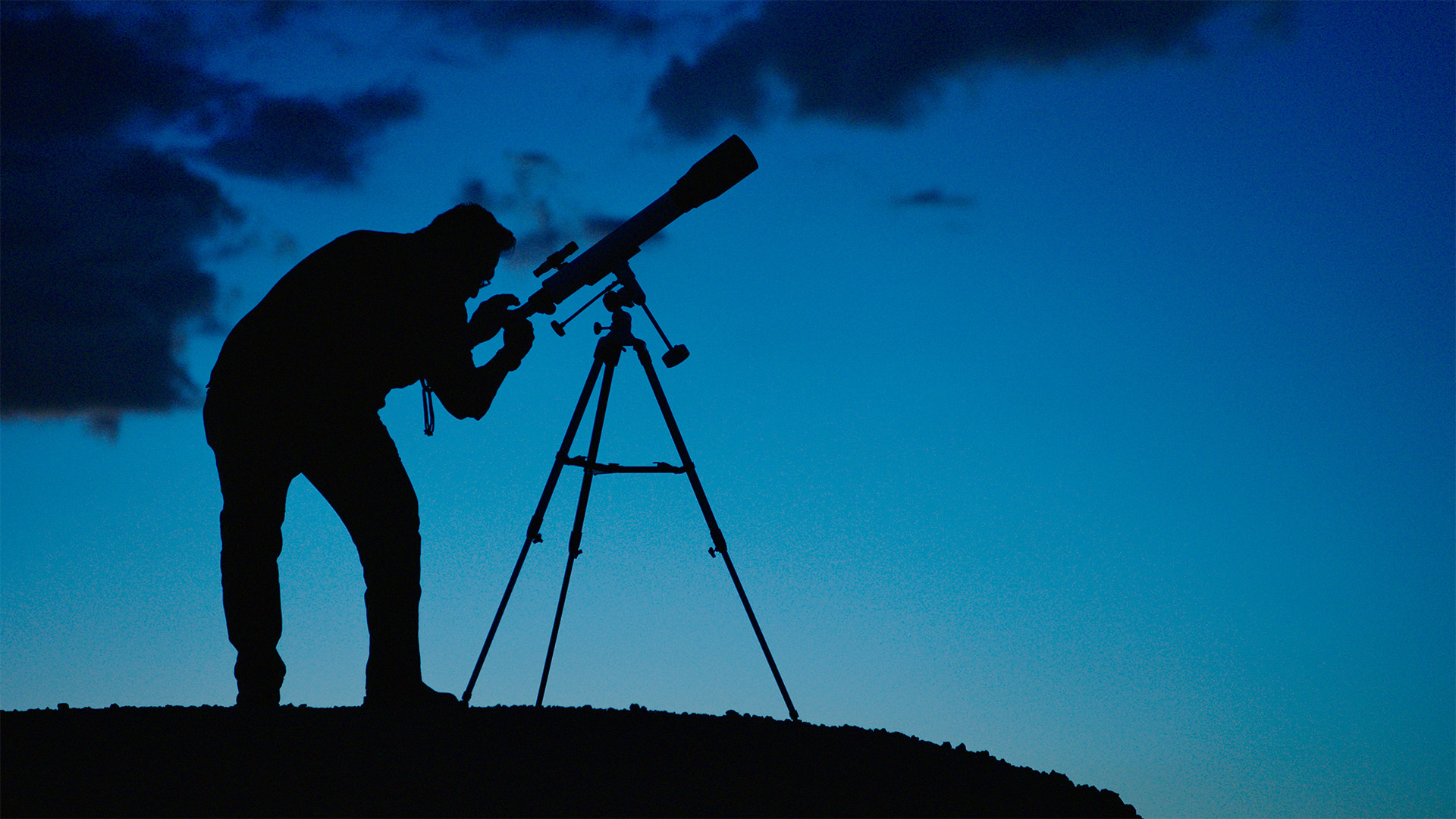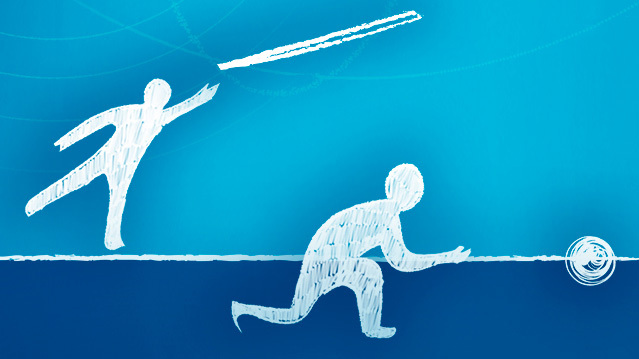Episode 4: New World Rising
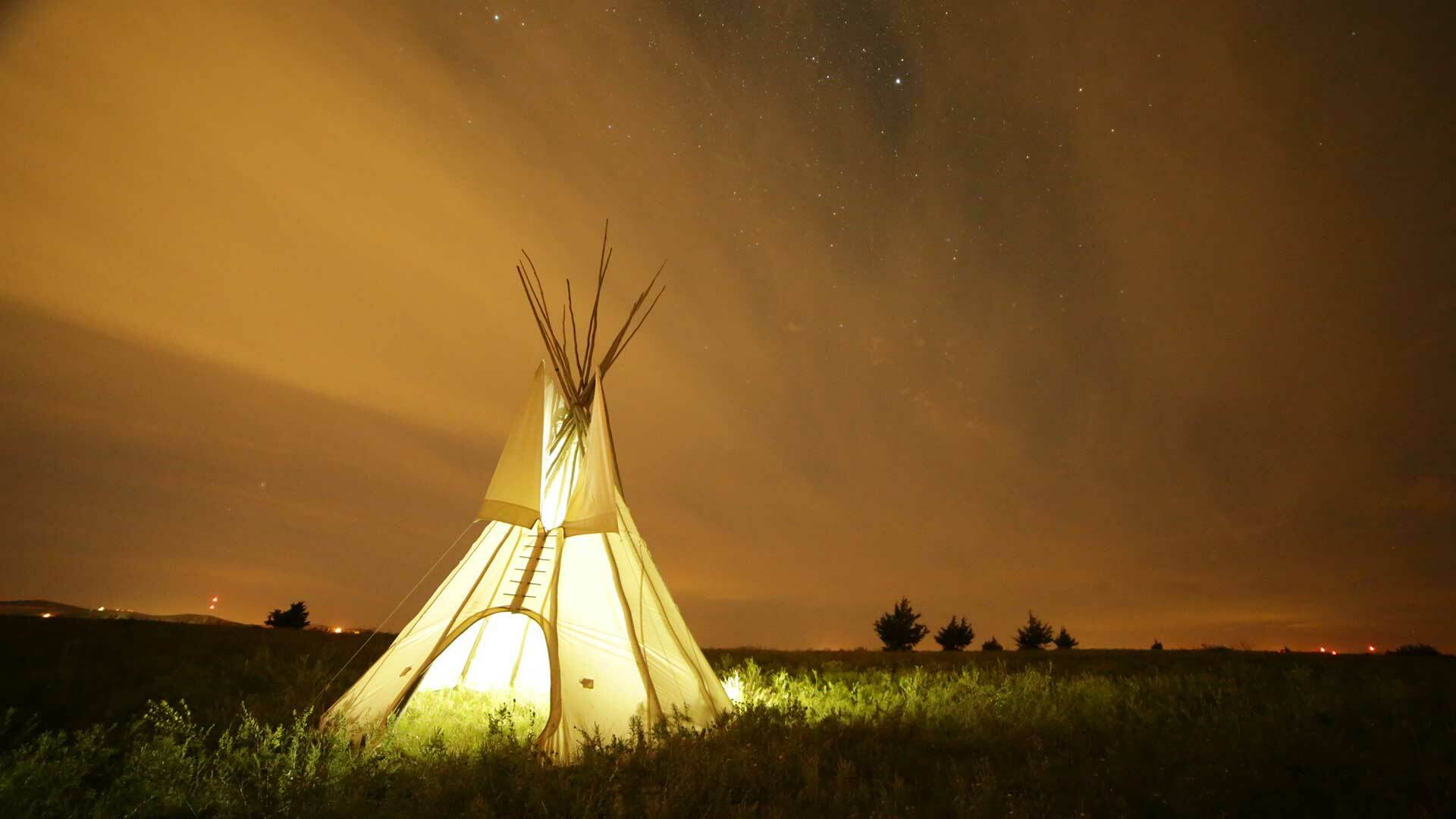
Watch New World Rising
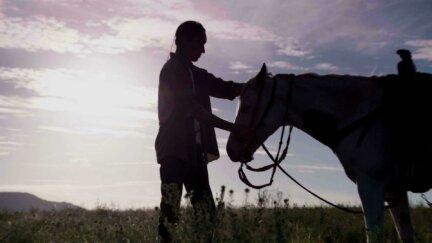
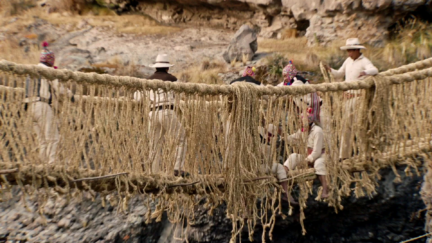
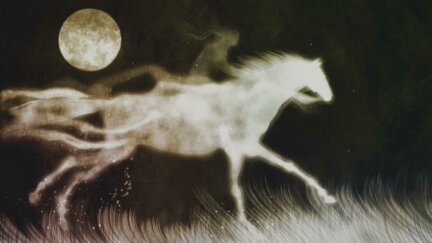
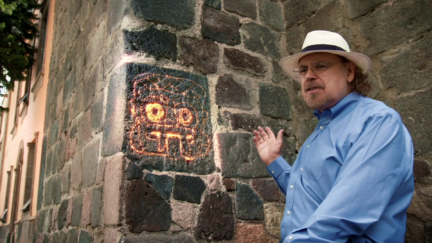

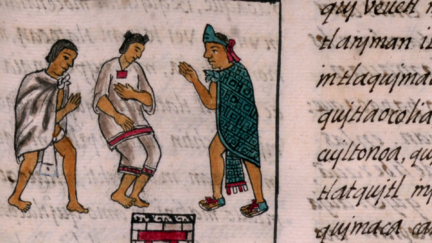
- 1
- 2
- Next
Watch Extended Interviews from the Episode

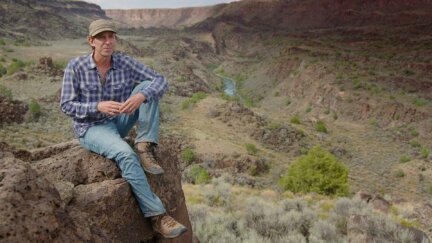
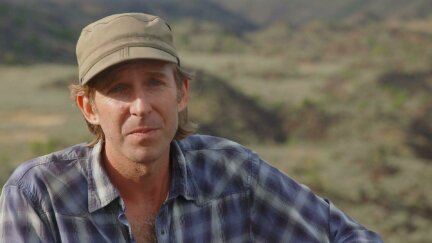
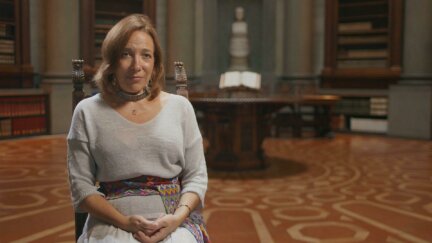
Photo Gallery












More About This Episode
The hour centers on a little-known empire forged by the Comanches in the American West. Their elders speak of how they transformed the horse — a weapon of conquest — into a treasured ally. And a stunning discovery of a canyon full of rock art reveals incredible new details about the empire’s birth. It is a window into the beginning of a long push back against colonialism and the Comanche Empire’s defense of a vibrant culture that thrives to this day.
The Comanche story unifies diverse narratives of resistance, survival, and revival across North and South America. Other stories include an art historian deciphering messages hidden in an ancient Aztec manuscript known as the Florentine Codex, a Natchez chief passing on traditional medicine-making to a new generation in Oklahoma, the Amah Mutsun of California using fire to restore their ancestral forest, and a Peruvian village weaving a massive suspension bridge from blades of grass.
It becomes clear that it’s not the Old World that conquers the Americas: it is Native America that transforms the entire world with new foods, medicines and cultural contributions. Tens of millions of peoples still speak their indigenous languages and practice ancient rites to celebrate the sacredness of the land and skies. The same spirit of Native Americans that forged the New World still lives today.



